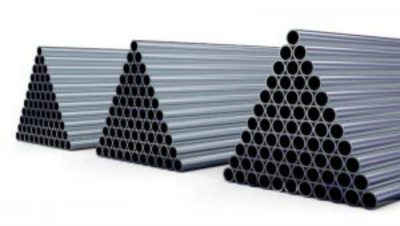Depending on where you are located, lead lined glass may also be called x-ray glass or radiation protection glass. It is a completely transparent glass that can be used in a wide variety of applications including in radiology rooms, testing and research facilities as well as in dental offices or other facilities where radiation is present.
Lead lined glass is not the same as lead crystal, these are two different products, although lead crystal does contain up to 30% lead oxide in its formulation. Lead lined glass is required to meet specific standards for use in radiology applications. This includes the Consumer Product Safety Commission, Standard Building Code, and Uniform Building Cod requirements as well as others.
Considerations
Most manufacturers of radiation protection glass will offer a variety of standard sizes. These sizes can be used in single panel types of applications for windows or portals, or they can be used with frames to create transparent, glass walls or workstation areas that protect people from exposure to radiation without obstructing or limiting visibility.
The thickness of the glass will depend on the level of radiation produced in the testing or radiology area. There are standards set to allow the correct matching of the glass thickness to the radiation energy produced to fully safeguard from exposure at unsafe levels.
It is important for quality lead lined glass to be free from distortions for clear visibility. Thicker glass often is more likely to have some distortion, but with quality products, this should not be a concern.
Important Maintenance Facts
It is important to keep fingerprints, liquids and other materials off of the surface of the glass. Always wipe with a clean, dry cloth and avoid using any water on the glass at all. Significant stains can be removed with a small amount of alcohol followed by a buffing with a clean, dry cloth.



